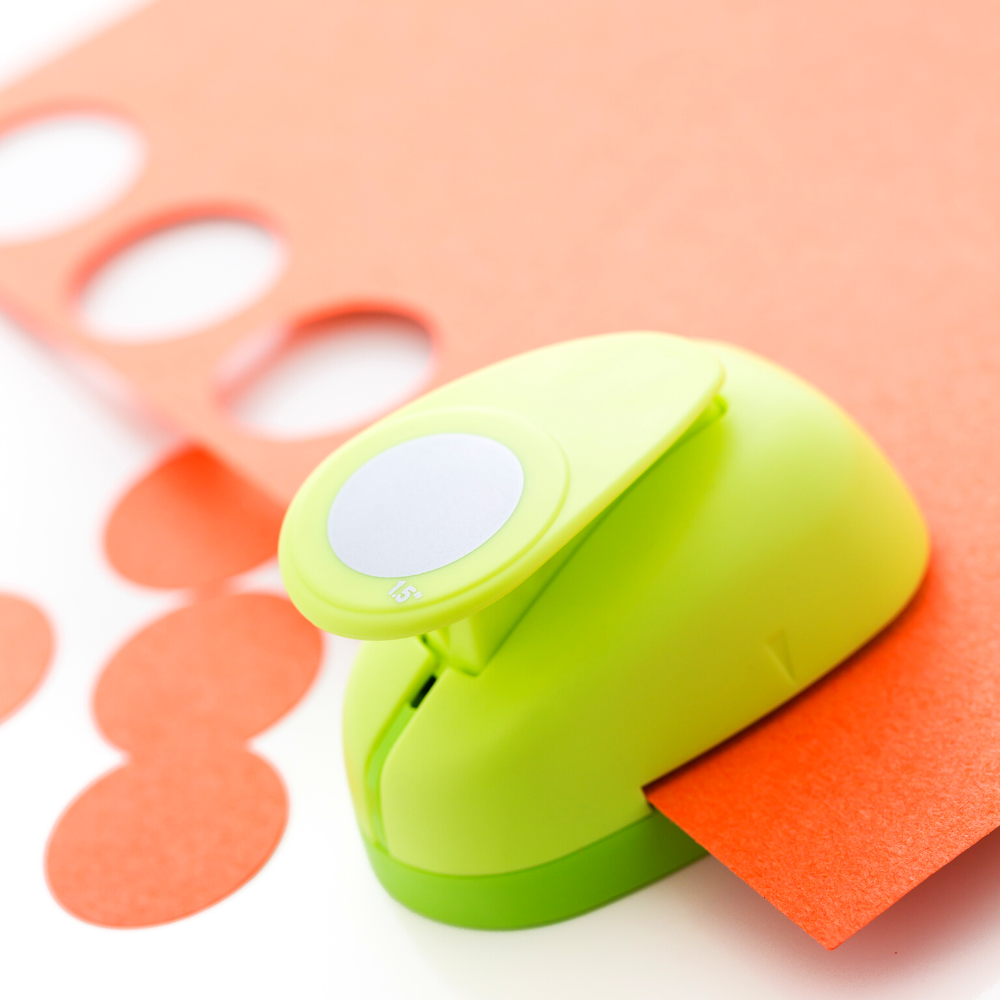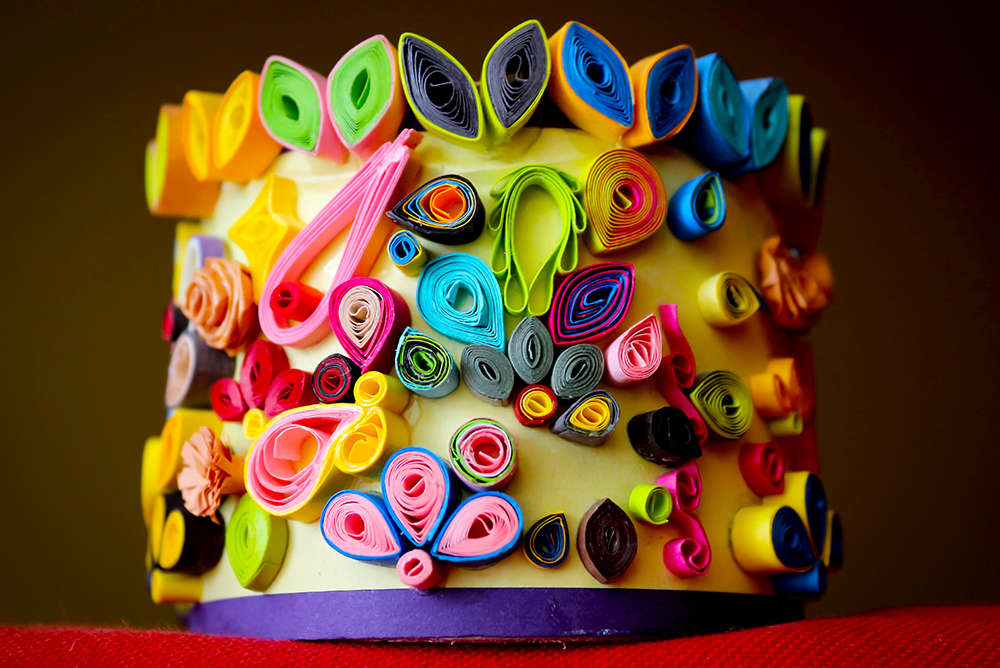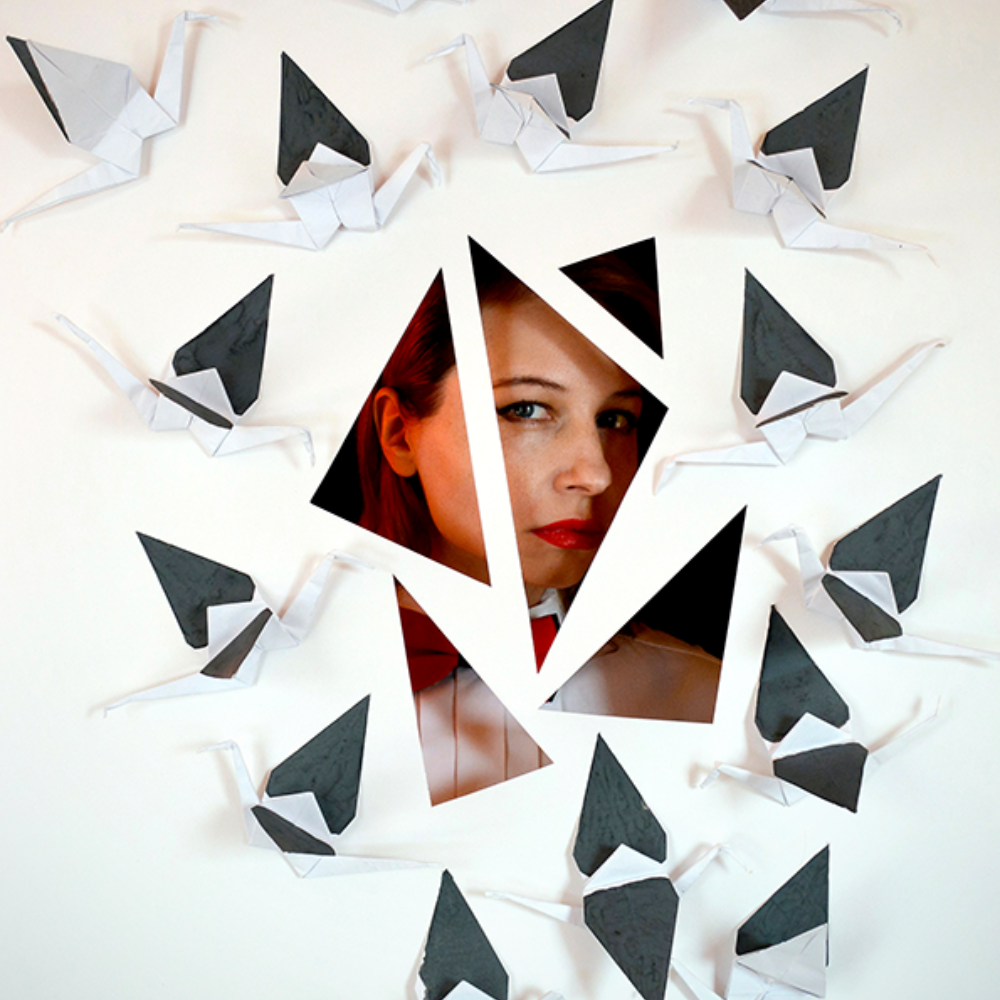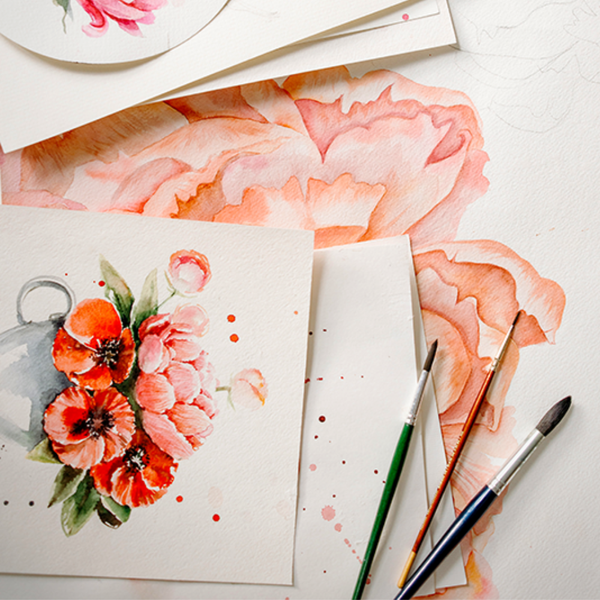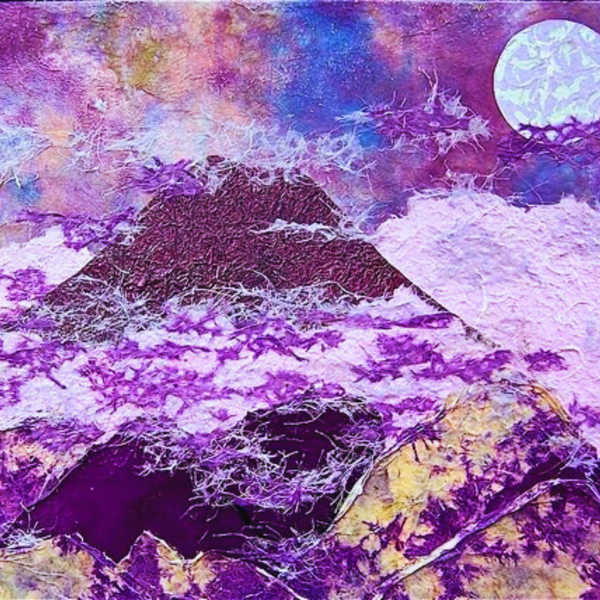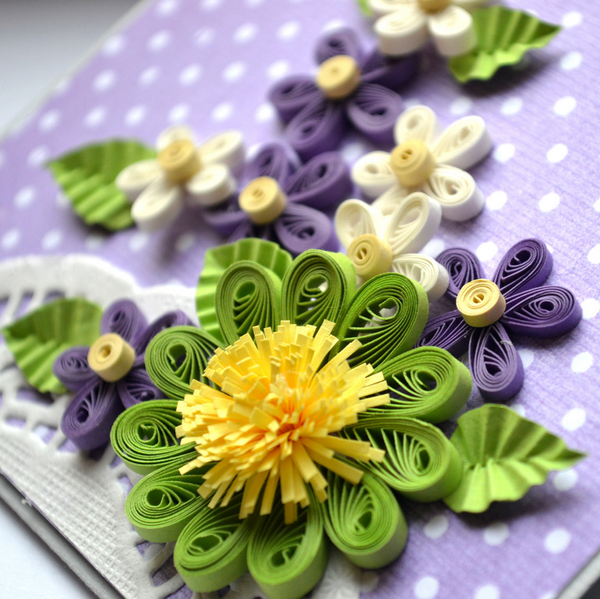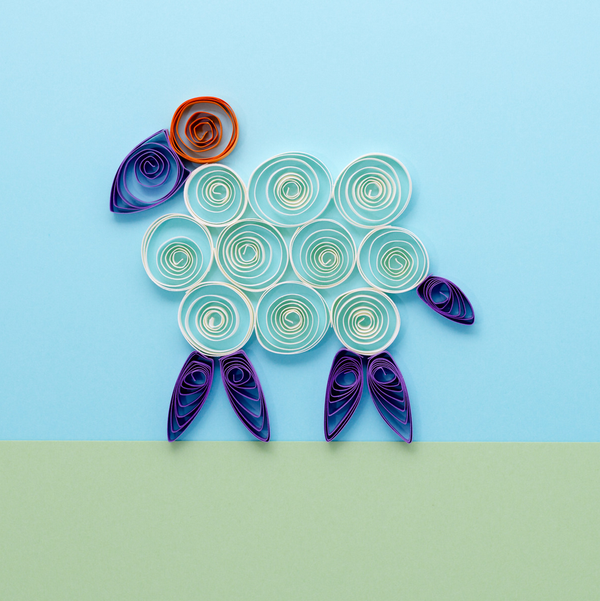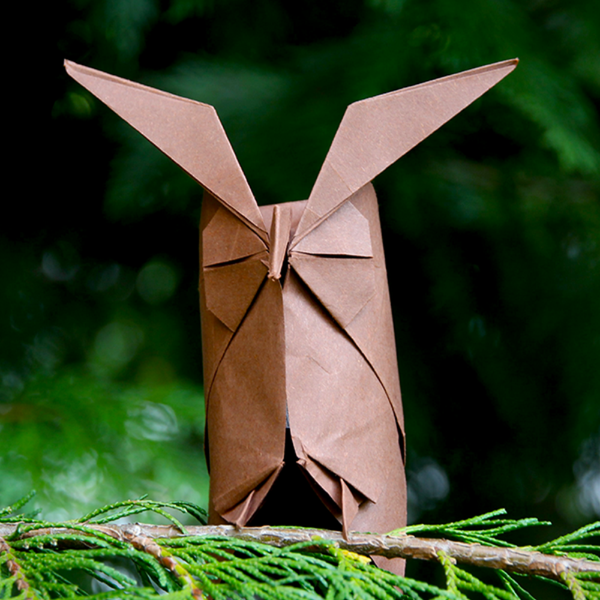Imagine piecing together a kaleidoscope of color, one snippet at a time.
Now picture the satisfaction as your vision comes to life, vibrant and textured, right before your eyes.
Paper mosaic art is a unique and vibrant form of artistic expression that has captivated artists and enthusiasts alike.
This art form involves assembling small pieces of paper, often in various colors and textures, to create intricate patterns and images.
The result is a visually stunning piece of art that can range from abstract designs to detailed representations of objects or scenes.
Key Takeaways:
- Paper mosaic art is a versatile and accessible form of art that involves creating images or patterns with small pieces of colored paper.
- This art form allows for the recycling of paper materials and can be applied to various surfaces to create unique wall art, table tops, and more.
- With simple tools like glue sticks, construction paper, and a clear vision, anyone can create beautiful paper mosaics.

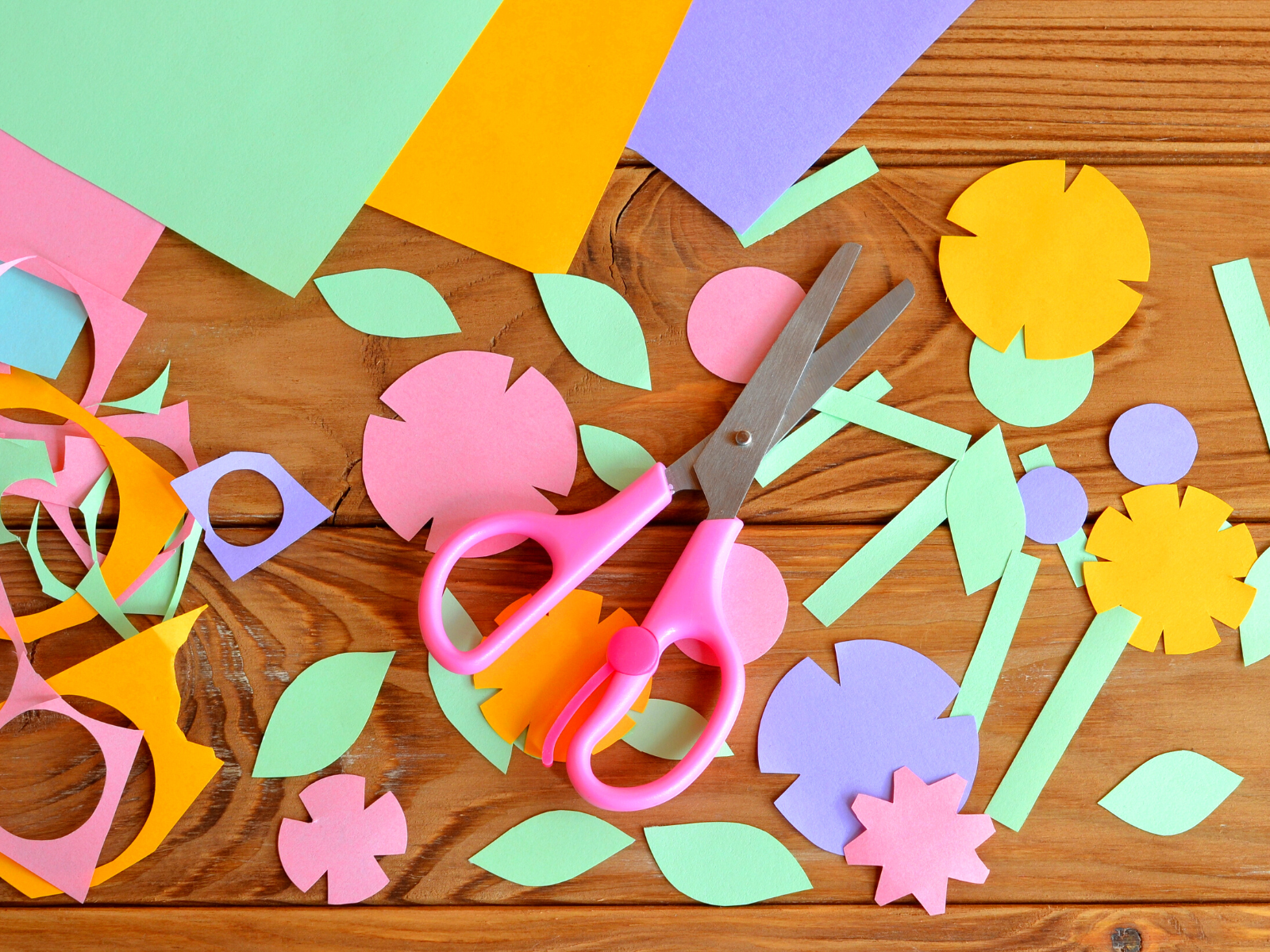
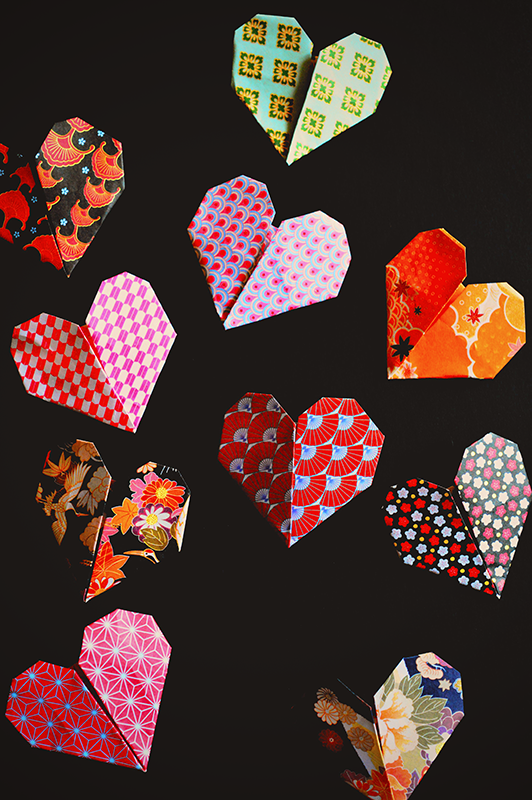
Origins and Evolution of Paper Mosaic Art
The term mosaic is derived from the Greek word meaning "worthy of the muses," and traditionally, it refers to art made with small pieces of stone, glass, or ceramic tiles.
The history of mosaics dates back to ancient Mesopotamia, where pieces of colored stones, shells, and ivory were used to create patterns and pictures.
Over time, the art form evolved, and artists began using small tiles, known as tesserae, to cover surfaces such as walls, floors, and ceilings.
Transition from Tile to Paper
While tile mosaics have been admired for their durability and intricate beauty, paper mosaics offer a different look and a more accessible medium for many artists.
Instead of heavy stone or ceramic tiles, paper mosaics utilize lightweight colored paper, recycled paper, or even glossy magazine cutouts.
This transition has allowed for a broader exploration of the art form, enabling graphic designers, students, and hobbyists to experiment with creating mosaics.
Materials and Tools for Paper Mosaic Creation
To begin creating paper mosaics, one needs only a few basic materials: construction paper or other colored paper, a glue stick or tile adhesive such as Mod Podge, and a sturdy surface like cardboard or wood.
Artists may also choose to use an acrylic sealer to protect the finished artwork.
The simplicity of the materials needed makes paper mosaic art a great project for all ages and skill levels.

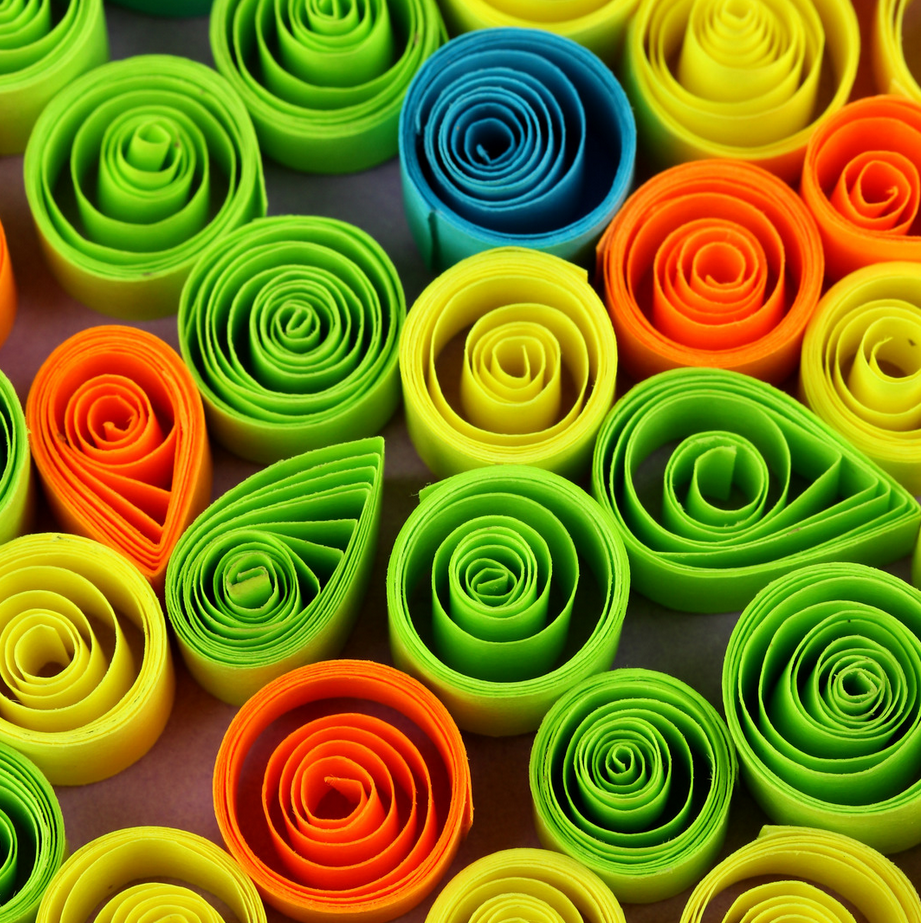
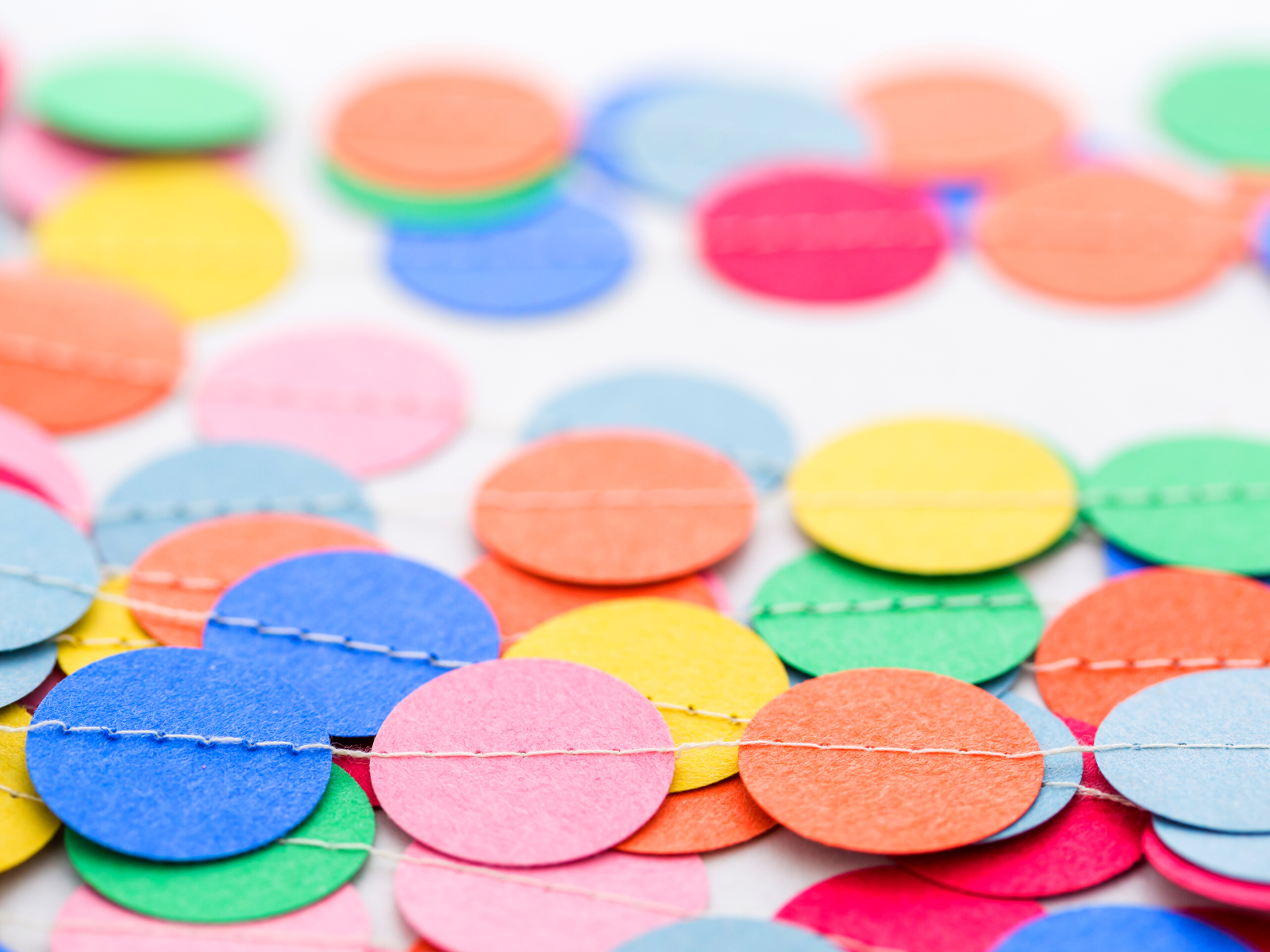
Artistic Process: From Sketch to Mosaic
The first step in creating a paper mosaic is to draw a sketch of the desired image or pattern.
This can be done with a pencil on the chosen surface, which will serve as the background for the mosaic.
Once the sketch is complete, the artist cuts the paper into small shapes—squares, rectangles, triangles, or even more irregular forms—to fit the spaces within the sketch.
Assembling the Mosaic: Tips and Techniques
When assembling the mosaic, artists apply a small amount of glue to the back of each paper piece and place them onto the surface, keeping the tiles close together to minimize gaps.
For a more textured look, small shapes of different shades of the same color can be used to fill larger areas, creating a dynamic and multi-dimensional effect.
The key is to place the small pieces in such a way that they come together to form the whole image.
Role of Color and Texture in Paper Mosaics
Color plays a crucial role in paper mosaic art.
By using different shades and textures of paper, artists can create depth and movement within their mosaics.
The contrast between colors can also highlight certain aspects of the artwork, drawing the viewer's eye to focal points or creating a sense of rhythm across the piece.
Versatility of Paper Mosaic Applications
Paper mosaics can be applied to a variety of surfaces, making them a versatile choice for home decor and art projects.
Whether it's sprucing up a tabletop, creating a unique backsplash, or designing a piece of wall art, paper mosaics can transform any space.
The lightweight nature of paper also means that these mosaics can be hung or displayed without the need for heavy-duty supports.
Preserving Your Paper Mosaic Artwork
To ensure the longevity of a paper mosaic, it's important to properly seal the artwork.
An acrylic sealer can be applied over the entire surface to protect the paper pieces from moisture and fading.
This step is especially important if the mosaic will be displayed in an area exposed to sunlight or humidity.
Paper Mosaic Art in Education and Therapy
Paper mosaic art is not only a creative outlet but also a valuable tool in educational and therapeutic settings.
The process of creating mosaics can help improve fine motor skills, encourage problem-solving, and provide a sense of accomplishment.
Additionally, the art form can be used as a means of expression for individuals of all ages, making it a beneficial activity for both the mind and soul.
Engaging the Community with Paper Mosaic
Community art projects often incorporate paper mosaics due to their inclusive nature.
These projects can bring people together to collaborate on large-scale mosaics, fostering a sense of community and collective creativity.
Public spaces, schools, and community centers can become canvases for these communal artworks, showcasing the collective talent and vision of the participants.
Unleash Your Creativity with Paper Mosaics
Paper mosaic art is an accessible and adaptable art form that allows for the creation of stunning, colorful designs using simple materials like colored paper and glue.
It is an evolution of the ancient mosaic tradition, offering a lighter, more versatile medium for artists and hobbyists.
Paper mosaic art is not just an activity; it's a gateway to a world of boundless creativity and expression.
This modern twist on a time-honored tradition invites you to explore the depths of your imagination with nothing more than paper and glue.
It's a testament to how art can be both magnificent and accessible, providing a canvas for everyone from young learners to seasoned artists.
By embracing the simplicity and versatility of paper mosaics, you can add a splash of color to your life and the lives of those around you.
Whether used for educational purposes, therapeutic expression, or community engagement, paper mosaics provide an opportunity for individuals to explore their creativity and contribute to the beauty of their surroundings.
So, why not pick up some paper and start your mosaic journey today?
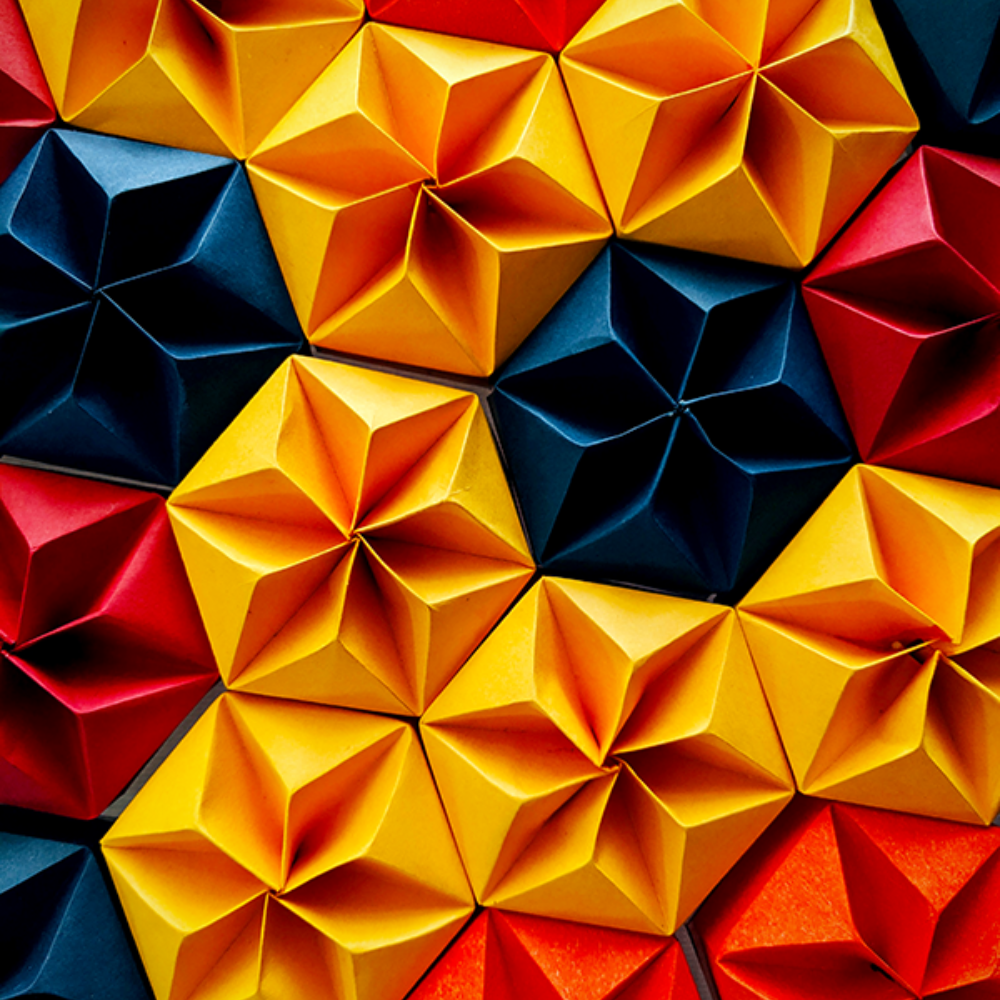
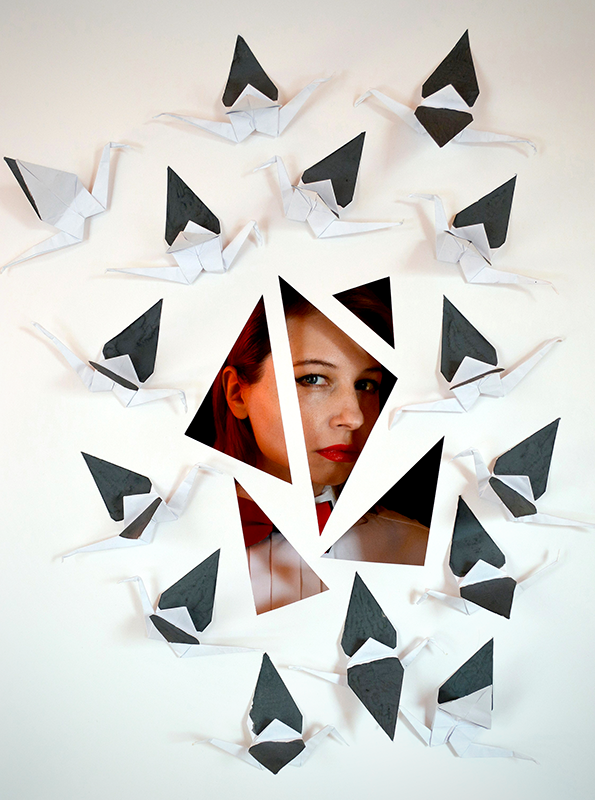

Paper Mosaic FAQs
Dive into the colorful world of paper mosaic art, a paper craft that transforms simple paper pieces into stunning visual masterpieces.
Whether you're a seasoned artist or a curious beginner, these FAQs are your go-to guide for all things related to this vibrant and accessible art form.
From the essential tools of the trade to the collaborative spirit it fosters, we've compiled the most common inquiries to help you embark on your paper mosaic journey with confidence and creativity.
Let's unravel the mysteries of paper mosaic art together and discover how you can turn a humble sheet of paper into a dazzling work of art.
What is paper mosaic art?
Paper mosaic art is the process of creating images or patterns by assembling small pieces of colored paper onto a surface. It is a variation of traditional mosaic art, which uses small tiles of stone, glass, or ceramic.
What materials do I need to start creating paper mosaics?
The basic materials needed for paper mosaics include colored or recycled paper, a glue stick or tile adhesive like Mod Podge, a surface to create on such as cardboard or wood, and optionally, an acrylic sealer to protect the finished piece.
Can paper mosaic art be a good group activity?
Yes, paper mosaic art is an excellent group activity. It can be used for community art projects, classroom activities, or team-building exercises, as it encourages collaboration and creativity among participants.
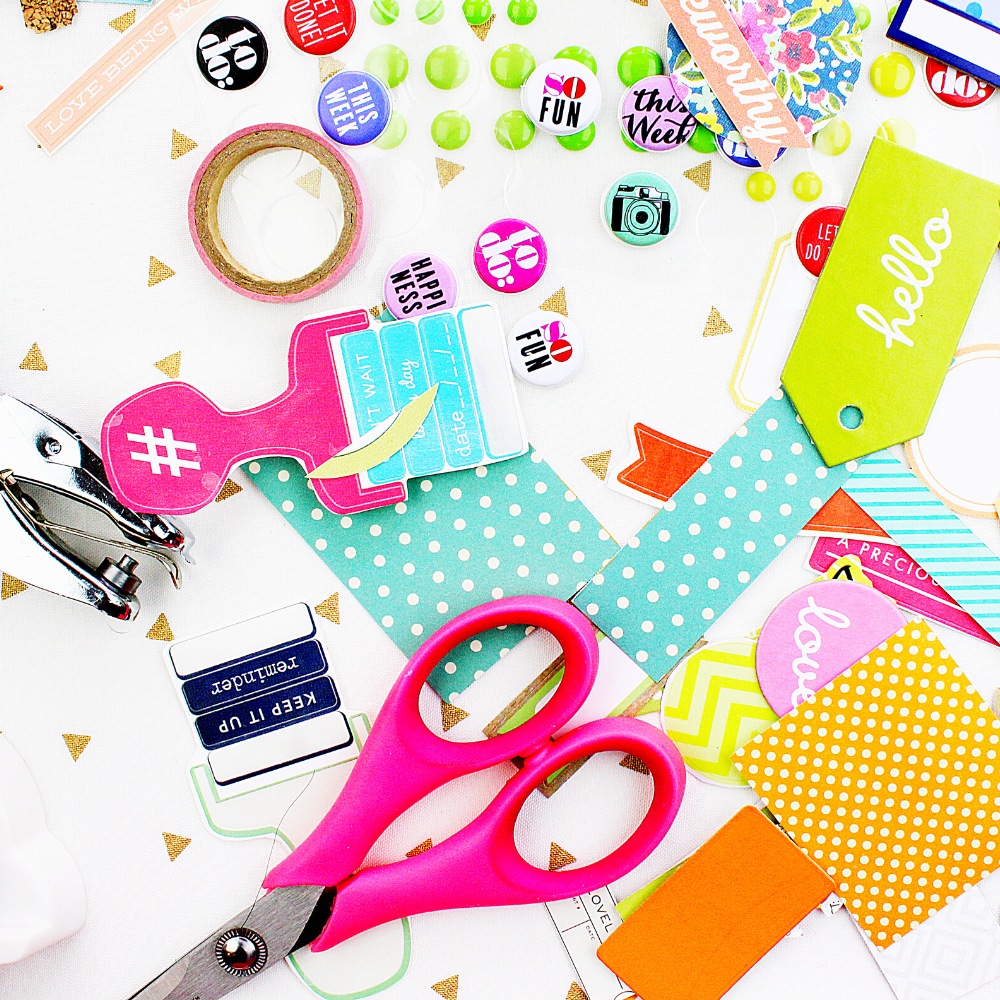
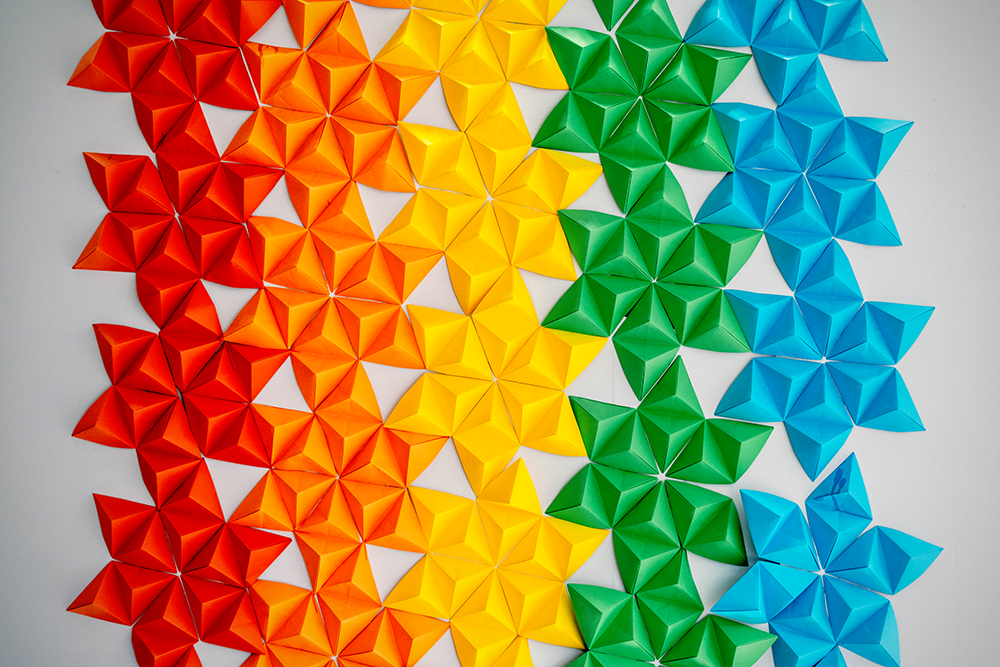

Interested in learning more about paper mosaics? Check out Kenny Macaldo's video!
Want even more content about creativity and art?
Be sure to check out all of our creative chronicles!
Eager to dive into the realm of paper art?
Check out our other art paper articles:
-What is art with paper called?
-What art can be made from paper?
-What are paper craft techniques?
-What is ripped paper art called?
-What is Chinese paper art called?
-What are paper sculpture techniques?
